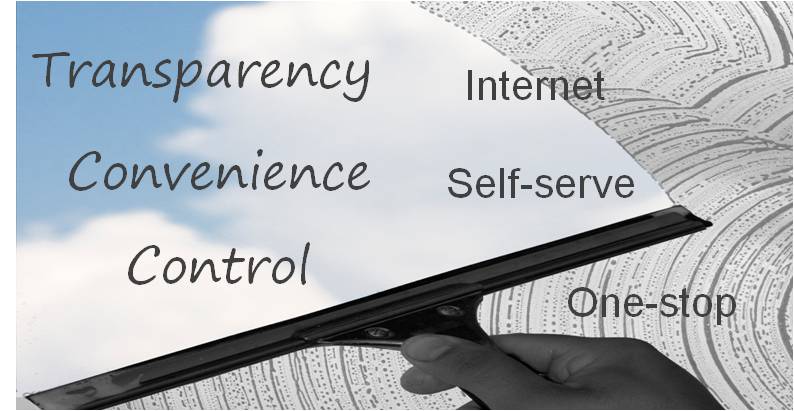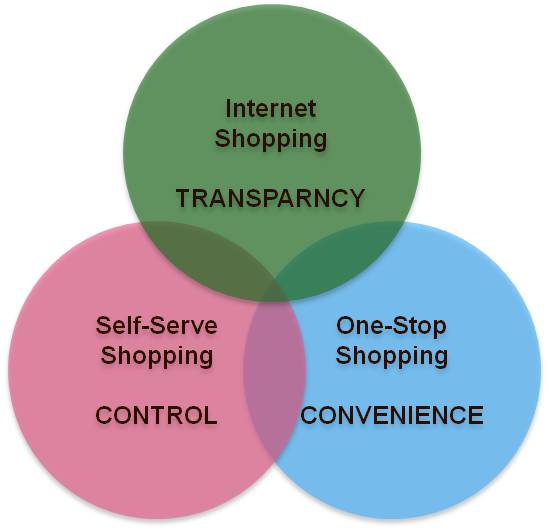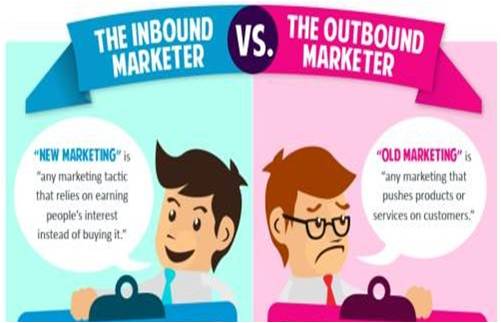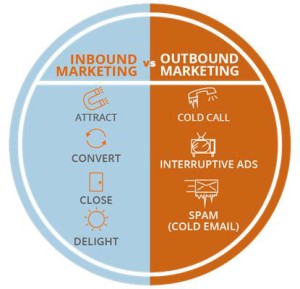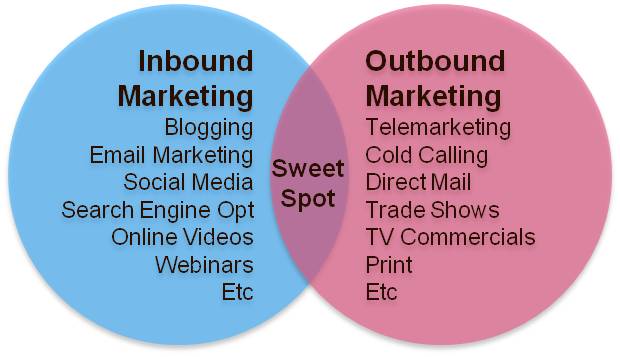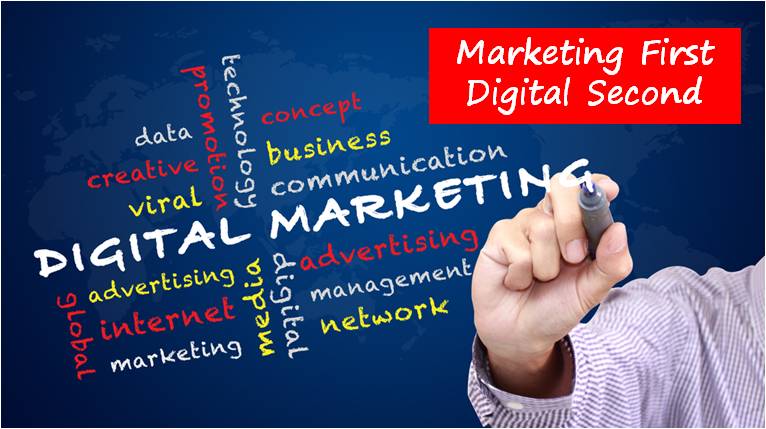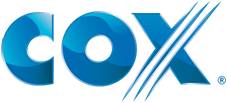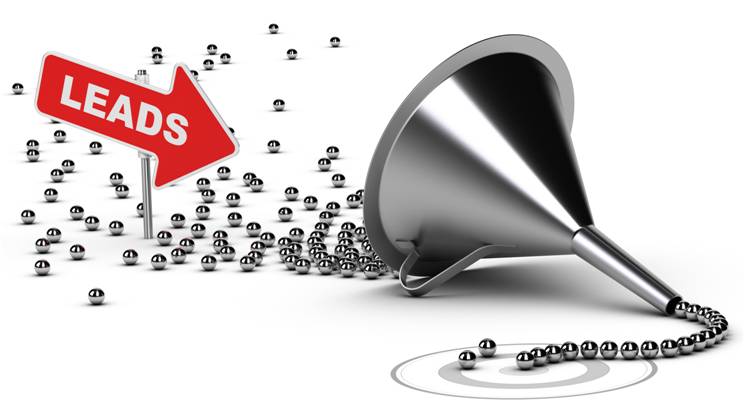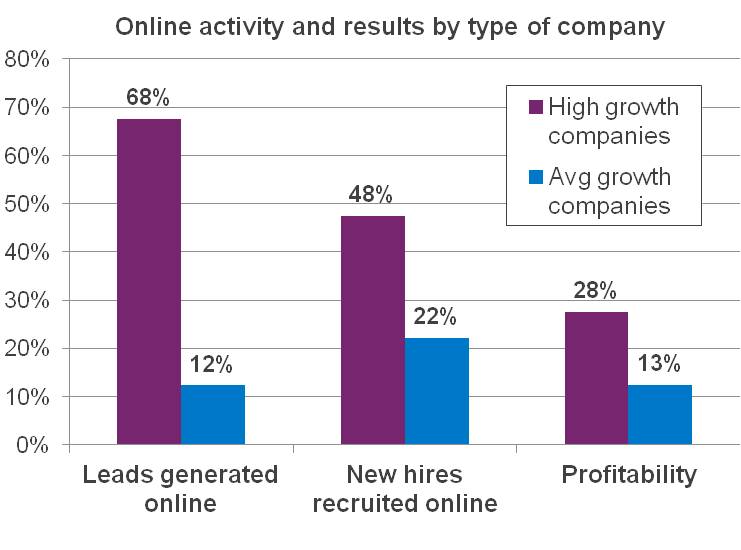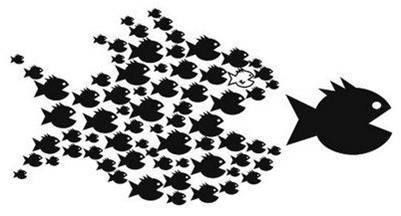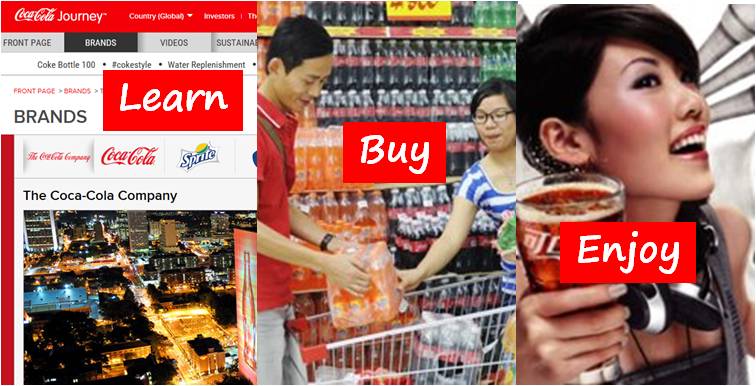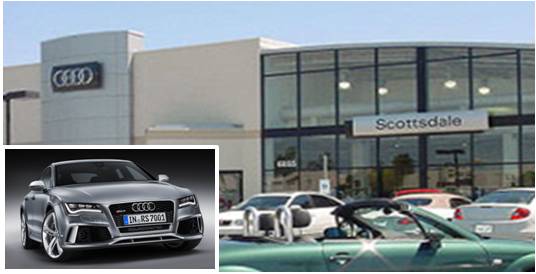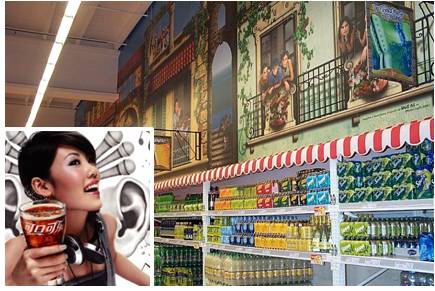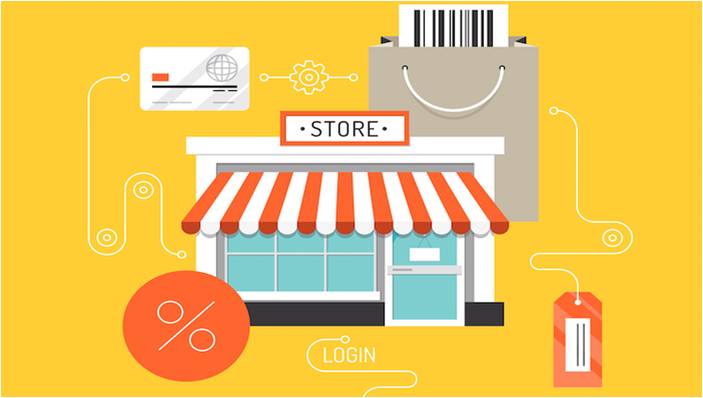 “Executives are finding that the winning differentiator is no longer product or price, but the level of customer engagement relative to the competition.”
“Executives are finding that the winning differentiator is no longer product or price, but the level of customer engagement relative to the competition.”
Rama Ramswami, Senior Editor, The Economist
Introduction
Only about 10 years ago the only place to buy something or even just get information about a product or service was a store/outlet/branch (or a catalog) staffed by sales people. This was a very physical experience with sales staff leading you through the process more or less efficient.
Today with the Internet somebody can go from browsing to buying in a split second. The activities of browsing and purchase still have to be guided by experiences. But this time the human interface is replaced by a machine.
The digital media interface still has all the limitations of classical media but has to deal with a larger complexity; People who just browse and want information and people who are ready to buy and everything in between. It is expected that the ‘machine’ knows why a person is there then best to serve that person.
Background
Customer experiences and customer engagement are some of the most widely used words in the digital economy mainly in relation to websites and social media. What seems often forgotten is the fact that experiences are shaped mainly in the real world through use, purchase and other key occasions and many different touchpoints.
The challenge today is how to cross the digital divide and deliver those great experiences of using and/or consuming a product and brand to the web and translate it in a relevant way into digital experiences that are real, authentic and above all memorable. Most brands today have a mismatch between the use or consumption experience and the purchase experience.
Marketing Concepts
This mismatch between use/consumption experience and purchase experience started the new discipline of Shopper Marketing. Up to that point most brands were researching the consumer behaviors and motivations and executing in all media of that time against those motivations. The 30sec TV spot was the king of the mountain.
Now suddenly the shopper was of interest and P&G invented the concepts of first and second moment of truth and Coca-Cola started the concept of occasion based marketing, both concepts have purchase occasions and the shopper motivations as the target for marketing. Initially consumption and purchase was treated similarly by marketing until research showed that the shopper and consumer are the same people with very different behaviors and motivations dependent on the occasion. Shopping is all about getting a task done whereas use and consumption is about the pleasure of using or consuming a product.
So today we know that different media require very different marketing approaches. Consumer and shopper marketing are widely accepted and used marketing disciplines by retailers, CPG companies and agencies.
The rise of the Internet now begs the question if this marketing approach is still adequate. The huge difference the internet brought to shopping is the fact that a consumer can become a shopper in a split second on the same medium and vice versa. This was never the case before. There was a clear separation between shopping and use/consumption. Purchase took place in physical locations or on the phone (calling after an infomercial on TV). But it was clear that people in front of the TV were consumers and people in store or on the phone were shoppers. Today on the internet we do not (yet) know if somebody is there for information only or if the person is ready to buy. This brings about a new kind of marketing.
Contextual Marketing.
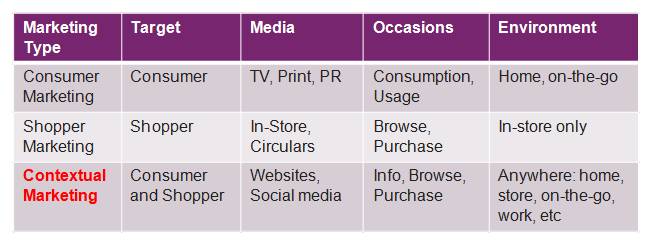 People have two types of context:
People have two types of context:
- A static disposition which does not change like their demographics, psychographics, likes and dislikes, affinities, etc
- A dynamic situation which can be different based on peoples situation in life, and changing behaviors based on attitudes and motivations
In the past, a brand had a few touch points which were quite static and only accessible at a certain time (store opening hours, TV availability). Those were mass media and stores.
Today there are many more touch points. Actually people are carrying the touch points if you will with them all the time. Everybody has the possibility to access any brand at any moment in time and anywhere. This means brands need to be ready for people with any contextual disposition and in any situation. A consumer or shopper can come through the door in a store or to a website via any type of screen and just request information, just purchase or be in any stage in the process from trigger to purchase or even move through the whole process at the website.
Digital Influence
Customer satisfaction (represented here by the Net Promoter Score which is word-of-mouth and recommendation) increases with digital influence resulting in a positive impact on the shopping experience. The more digital connections a customer had with their retailer, the higher the level of satisfaction they reported for their in-store shopping experience resulting in a higher NPS (net promoter score). Shoppers with six digital connections were more than three times as likely to recommend the store to others as those with only one digital connection.
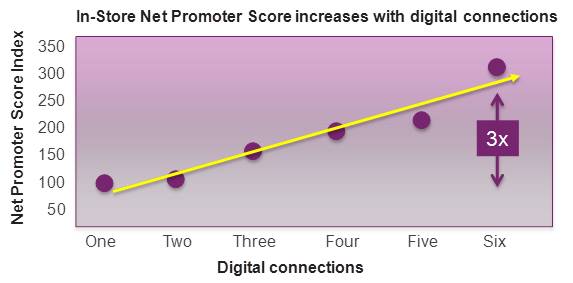
Cross-channel behavior
In today’s environment people use all different kinds of media, online and offline, to meet their information and shopping needs. As the chart below shows, people on the path-to-purchase switch with ease between those different media. Buying in store still outperforms buying online whereas web and offline media still pay a similar role when it comes to getting information.
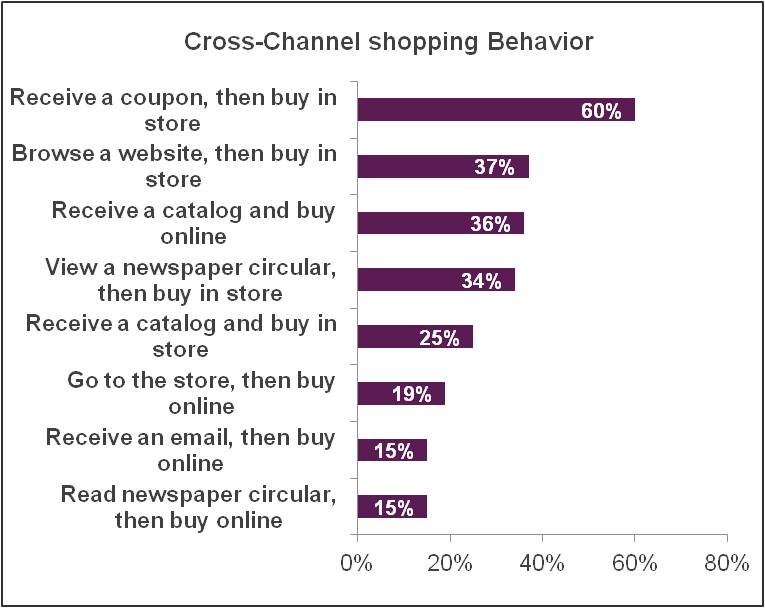 At the end of the day the retailer and the brand have still the same objectives as before the digital world erupted: Traffic/visitors, Basket size and Loyalty/Repeat visits. Today it is not just about those measures in relation to the store but also for the website.
At the end of the day the retailer and the brand have still the same objectives as before the digital world erupted: Traffic/visitors, Basket size and Loyalty/Repeat visits. Today it is not just about those measures in relation to the store but also for the website.
As consumers and shoppers switch from different channels and media it is important to acquire data about their actions and behaviors which will inform marketing strategy and tactics.
Spark Marketing works with companies to develop innovative marketing strategies, messaging and campaigns that help B2C companies increase sales and B2B companies generate and convert leads combining Classic Marketing knowhow and Digital Expertise delivering result that exceeded clients’ expectations.
